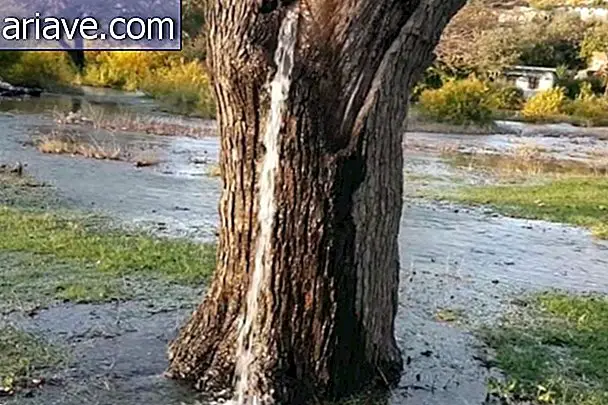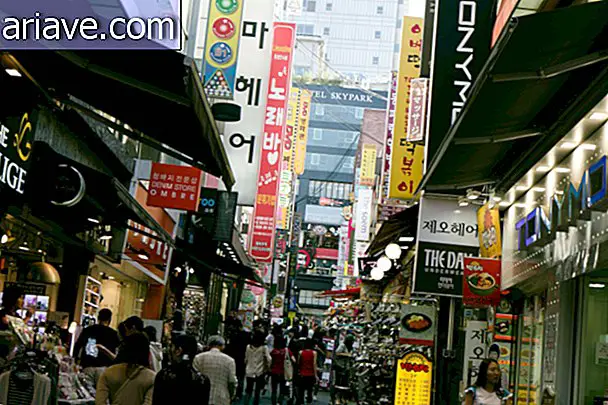Have you heard about the curious Karajía Sarcophagi?
Are you interested in ancient civilizations and have a certain attraction for themes related to sarcophagi, mummies, necropolis, skeletons and the like? Then you will enjoy getting to know a little about an archaeological site called Karajía that is right there in Peru. And the guys thinking that the country "only" had Machu Picchu to offer ...
Shrouds on Heights
According to the folks at the Amusing Planet website, Karajia is about 60 kilometers away from the Chachapoyas town in Luya Province, where these sarcophagi are located. More specifically, the coffins are on a ledge on a rock wall about 200 meters from the bottom of the valley, and radiocarbon dating has shown that the artifacts were produced 600 years ago by the Chachapoya Culture. Look:

The sarcophagi - six in all, although there are traces that there were two others that probably plummeted downhill during the earthquake that struck the region in 1928 - are carved from a mixture of clay, branches and pebbles that was applied over a plant structure., and measure 2.5 meters high.
The shrouds, as you can see in the following image, have heads showing serious expressions and are composed of huge armless torsos. In addition, some of the sarcophagi have been "decked" with human skulls - which archaeologists believe to be ancient "trophies" of war. Did you notice?
Discoveries
About the occupants of the sarcophagi, according to the Amusing Planet, they were probably important individuals for the community, and were placed inside the coffins accompanied by various offerings. The cool thing is that the shrouds being so high and hard to reach kept tomb robbers far away - and allowed them to remain relatively intact all this time.

And how do you know all these things about sarcophagi? Although the earthquake and the bad weather led to the destruction of 2 of them, these events gave archaeologists the opportunity to study the coffins and their contents without having to desecrate those still lying on the seawall.
Incidentally, as archaeologists have discovered, the dead were placed in a fetal position and had their bodies placed on animal skins and surrounded by a kind of cocoon made of stems and branches. This structure was then covered with the aforementioned mixture of clay, pebbles and branches, and the sarcophagus was being molded.
Finally, the head was carved and placed on top of this “mortuary capsule”, the “body” was coated with white paint and the sarcophagus was adorned with varied ocher-painted patterns and designs. Fascinating, don't you agree?
***
Do you know the Mega Curioso newsletter? Weekly, we produce exclusive content for lovers of the biggest curiosities and bizarres of this big world! Register your email and do not miss this way to keep in touch!











